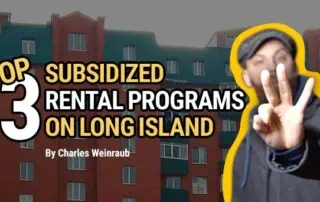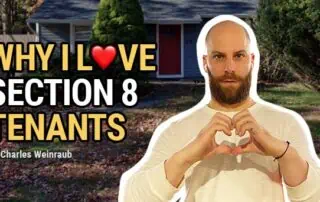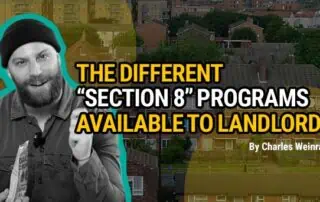The Top 3 Subsidized Rental Programs on Long Island
As an indication of my belief in the value of subsidized rentals, approximately 85% of my rental portfolio consists of tenants that are subsidized. There is a misconception that “Section 8” encompasses all subsidized housing, but Section 8 is a specific program with unique criteria for becoming a Section 8 landlord.
With that in mind, the Top 3 subsidized rental programs are (in no particular order):
- Section 8 – Section 8 is a voucher-based program which is held individually by each township. Islip has its own Section 8, Brookhaven has its own, and so on. I’ve previously written at length about why working with Section 8 tenants is great for investors. Local agencies frequently hold forums where you can learn more about how the program works.
- CDC – Community Development Corp. This is a not-for-profit agency funded by the government. Their tenants can be placed anywhere in Nassau or Suffolk County. This is an excellent subsidy, and many of my tenants come from this program. The overwhelming majority of them are excellent tenants. You can find out more about this organization here.
- Options for Community Living – This is another not-for-profit agency funded by the government, particularly receiving funds through Medicare and Medicaid. Typically, they rent whole houses and place individuals in each room. The tenants have caseworkers that oversee them, and the organization offers many different programs. They’re an excellent organization to work with, I’ve rented entire apartment buildings to them with great success. Find out more about them here.
These programs are the best on Long Island, but there are many other excellent organizations worthy of your consideration.
One additional note: There are negative stigmas that surround Section 8 and other forms of subsidized housing, but these are overstated and the benefits of working with housing subsidies greatly outweigh any potential problems you might encounter.



